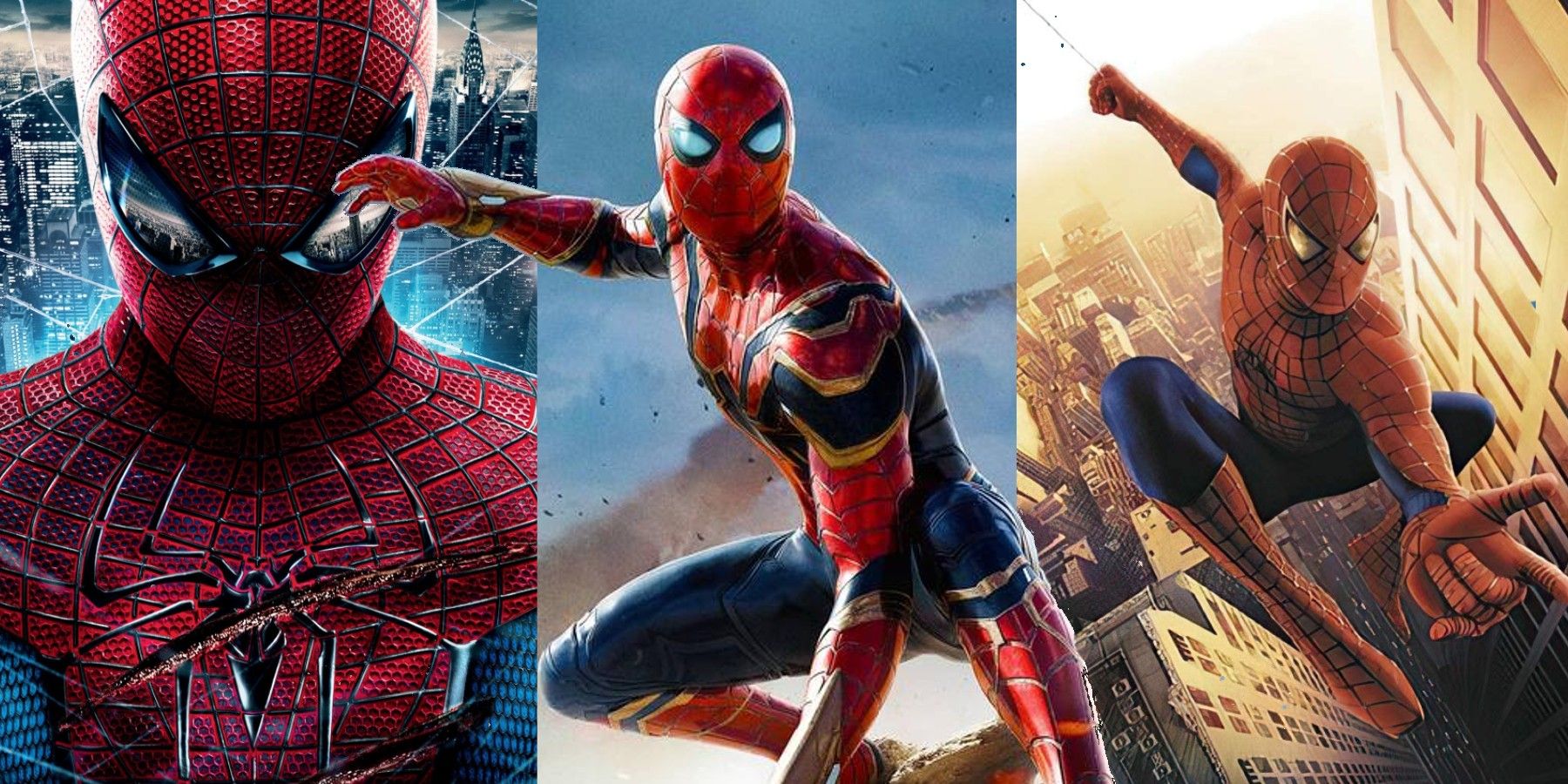This article contains spoilers for Spider-Man: No Way Home
Spider-Man: No Way Home has been a box office hit ever since its arrival into theaters this December, grossing over $1 billion globally, making it the first film to do so since 2019's Star Wars: The Rise of Skywalker. The film carried some great speculation, which only spread quicker as classic villains from other Spider-Man franchises were confirmed to be returning to the screen.
However, the most prominent theory revolved around the hopeful reemergence of the webslinging versions that Tobey Maguire and Andrew Garfield specially brought to life. Spider-Man: No Way Home screenwriters Chris McKenna and Erik Sommers discussed such topics and more as they dove into how they put the film's story together with the help of those that embodied the surprise characters unlike no other.
The film, at its core, was an ambitious endeavor because of the challenges presented due to the risks taken. However, Mckenna and Sommers were able to manufacture something beyond possibility, weaving together a script that linked three generations of Spider-Man films. Their ideas, along with those offered by Marvel and Sony, convinced Maguire and Garfield to return to the mantel of Peter Parker once more. Both seasoned actors enjoyed the direction the script was taking but equally offered suggestions on exploring their departed characters further.
While speaking with The Hollywood Reporter, Sommers made a note of this, stating, "They had thoughts, and it was really interesting and helpful to see their thoughts. No one knows the character as well as — or gives as much thought to the character — as someone who has to then embody it and sell it. … It definitely shaped what we did."
Their input was considered and imprinted within the film by introducing and exploring their iconic characters the way they articulated. Maguire and Garfield played different versions of the webslinging hero from contrasting universes, and thus their reemergence would come with distinctive pieces of baggage. Maguire, for instance, wanted to keep things basic when it came to unearthing the journey of his character following Spider-Man 3. On the other hand, Garfield wished to explore the darkened path his character walked upon after the death of Gwen Stacy in The Amazing Spider-Man 2. He also wanted to explore the role his version of Peter Parker would play as the middle brother amongst the three.
"Andrew leaned into middle brother syndrome," voiced McKenna. "I think that dynamic of brothers, that's why it's so great when Andrew says, "God, I always wanted to have brothers." While simplistic, it is a great paradigm for the three of them coming together and you want it to feel like, "Oh, it's not just doppelgangers." They are different. They are not the same person. They are born of the same experience and the same spider-bite. They are like brothers." That distinction is powerful because it does help to elevate each character dramatically. As McKenna stated, the idea of a brotherly bond between the three is simple but could shatter the multiversal connection if not executed correctly. Maguire and Garfield's stories live solely within them, but how could their experiences and brotherly bond help Holland's version of the character within his darkest moments?
"They had great ideas that really elevated everything we were going for and added layers and an arc and we really actually started honing into the idea that these two guys were really helping Tom's Peter on his journey to becoming who he ends up becoming," stated Mckenna. He further disclosed that Maguire and Garfield helped shape the film's most critical moral moment within the climax. "There's a crucial, moral moment that they help him get through in the climax of the movie. So much of that was brought by Tobey and Andrew's ideas." Each version of their character brought something different and unique to the table, which Holland needed to help his version of the character emerge from the darkness surrounding him. The input provided helped shape the narrative and allowed for deeper exploration into the hero and the man behind the mask.
Spider-Man: No Way Home reshaped the Peter Parker narrative and finally revealed the importance of the Spider-Man mantel to Holland's version of the character. This revelation, however, wouldn't have been possible without the insight provided by two figures that have a deep understanding of the character. Mckenna and Sommers benefited greatly from the working relationship they established with Maguire and Garfield to bring their characters back onto the screen in a way that felt unique and purposeful. Mckenna highlighted this, stating, "We were trying to write up to the characters that they did such a great job of creating and being true to those characters and those stories and those worlds so that it didn't feel like we were doing curtain call, fan-service."
Spider-Man: No Way Home is currently playing in theaters.
Source: The Hollywood Reporter

-1.jpg)
